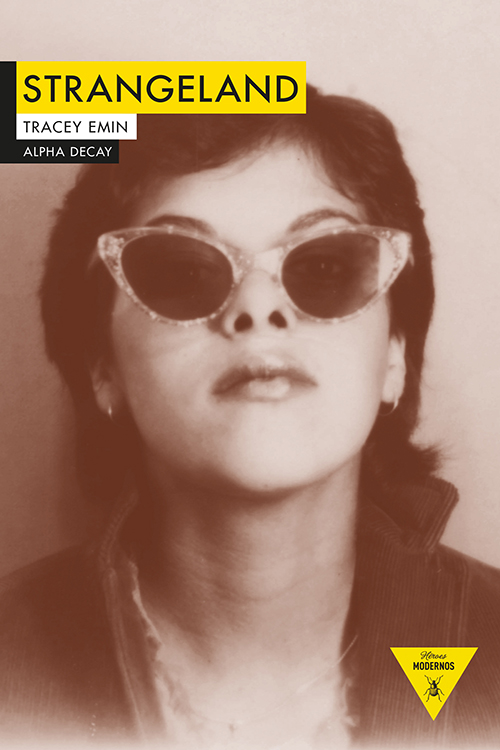
Background: Carolina Nitsch, the publisher of this series, approached Bourgeois with the idea of a project in which Bourgeois would create images for a book in collaboration with a writer. It accompanied the exhibition "Louise Bourgeois and Tracey Emin, Do Not Abandon Me 2009-10" held at the Carolina Nitsch Project Room, New York, from September 10 to October 23, 2010, and at Hauser & Wirth, London, from February 18 to March 22, 2011.

It is not illustrated in this catalogue because the digital printing process captured it in precise detail in the editioned set.Ī trade edition of "Do Not Abandon Me" was published in a limited edition of 1,500 by Carolina Nitsch, New York. This set is called "the middle step" by The Louise Bourgeois Studio, because it was then digitally printed to produce the editioned work. MoMA's Collection includes the master set of digital prints of Bourgeois's drawings for "Do Not Abandon Me," with the hand-drawn additions by Emin (MoMA Accession Number: 17.2012.1-16). These projects include the fabric collage "Eternity," the illustrated book "To Whom It May Concern," and unique fabric prints. 1/1 Edition Information: There are additional impressions of the compositions Bourgeois incorporated in "Do Not Abandon Me." She utilized the digital printing process to work with this imagery in varying sizes and formats for multiple projects in 20.
#Emin strangeland plus
Publisher: Carolina Nitsch Editions, New York Printer: Dyenamix, New York Edition: 18 plus 6 A.P., 1 H.C. "LB" right lower margin, stitched in red thread. And, for once, she's keeping it to herself.Collaborating Artist: Tracey Emin Themes: Animals & Insects, Body Parts, Fabric Works, Motherhood & Family, Words Techniques: Digital Description: Digital print Support: Fabric Dimensions: sheet: 30 x 24" (76.2 x 61 cm) Signature: "Tracey Emin" left lower margin, pencil. By the end of Strangeland, we are no closer to understanding the extraordinary metamorphosis which transformed the abused little girl from Margate into one of the art world's brightest stars. When did she turn to it and why? There is a fleeting mention of the 'emotional suicide' she suffered in 1992, when she destroyed all her paintings and started producing the confessional art which made her name.īut the events which prompted her breakdown, and inspired her creative rebirth, remain a mystery.

Her art, for a start, is hardly touched on. For one so open and confessional, there are some glaring omissions. At its best, it shows flashes of insight and originality: 'As we drove from the sea, the land became a rolling mass of drunken hills.' But the most interesting thing about this book is what it doesn't tell us about Tracey Emin. The quality of Emin's writing is another nice surprise. But after the uneasy squalor of her childhood in Margate, it comes as a relief. It ain't very rock'n'roll - they pick olives, go to the seaside and exchange family gossip. The middle section of the book takes place in Turkey, where she finds some kind of peace exploring her roots and bonding with her estranged father.

While her best-known art has shown Emin at her most confrontational, in her writing, we meet a calmer, more sensitive soul. And it describes, movingly, how she was left holding a dead foetus in the back of a London taxi five days after her botched abortion.īut the real revelations here are of a gentler kind. It details with some relish her stinking flat, her alcoholism and her wanking habits. It follows her down the dark alley where she was raped, aged 13. Those who do want more detail on all the best-known Emin myths won't be disappointed by Strangeland. How much more do we want or need to know? Even her grubby sheets have been on display at the Tate. She has made exhibitions out of the sexual abuse she suffered as a child, her abortion and her darkest feelings of loss, self-doubt and betrayal.


 0 kommentar(er)
0 kommentar(er)
